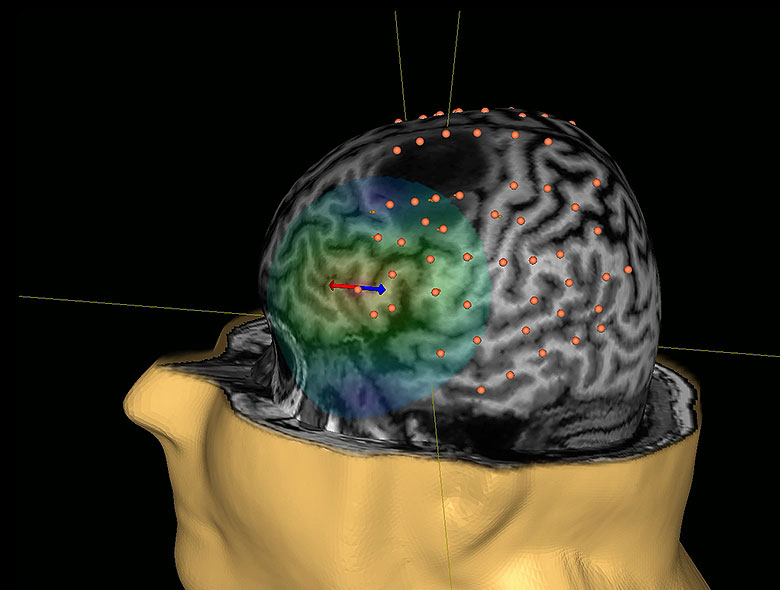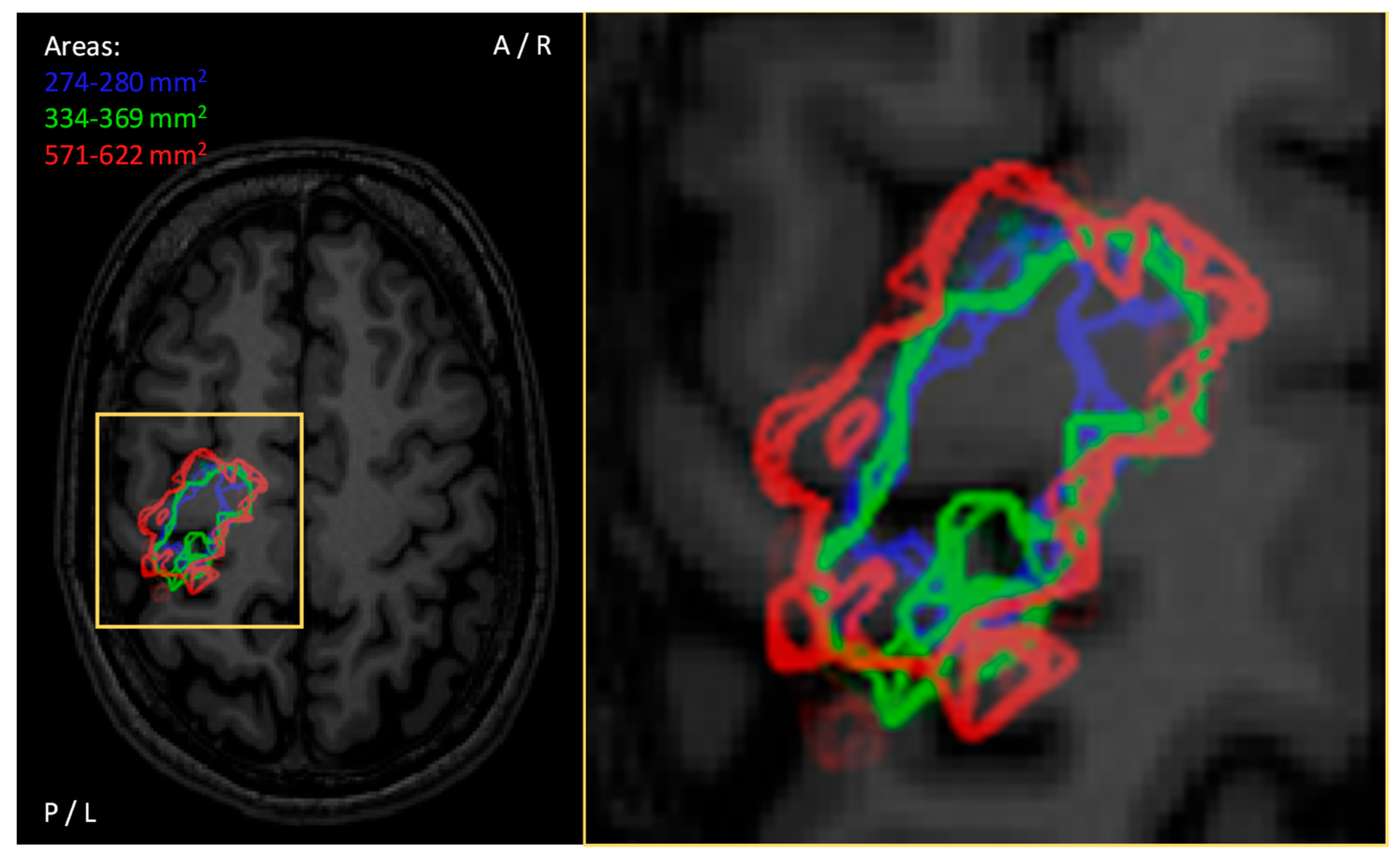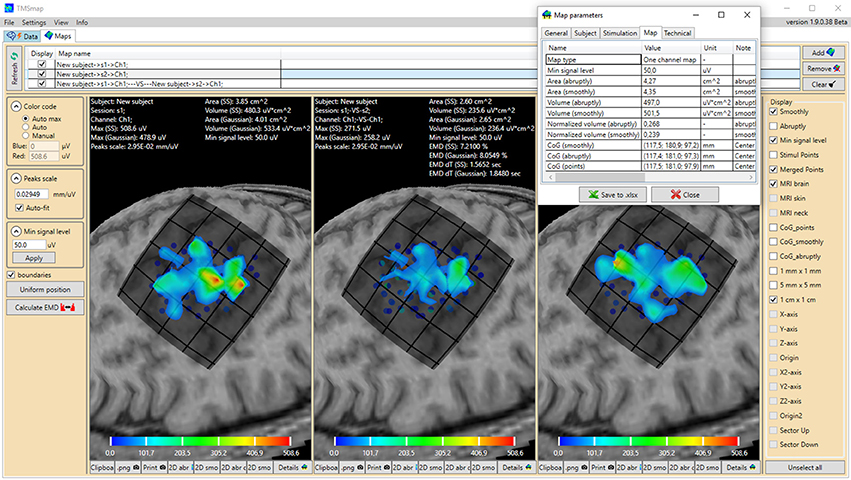

Since the 1990s, fMRI has come to dominate the brain mapping field due to its low invasiveness, lack of radiation exposure, and relatively wide availability. Functional magnetic resonance imaging (fMRI) was born, and Scientists soon learned that the large blood flow changes measured by PET could also be imaged by the correct type of MRI. In the early 1980s MRI was introduced clinically, and during the 1980s a veritable explosion of technical refinements and diagnostic MR applications took place. More or less concurrently, magnetic resonance imaging (MRI or MR scanning) was developed by researchers including Peter Mansfield and Paul Lauterbur, who were awarded the Nobel Prize for Physiology or Medicine in 2003. Soon after the introduction of CAT in the early 1980s, the development of radioligands allowed single-photon emission computed tomography (SPECT) and positron emission tomography (PET) of the brain. Cormack and Hounsfield won the 1979 Nobel Prize for Physiology or Medicine for their work. In the early 1970s, Allan McLeod Cormack and Godfrey Newbold Hounsfield introduced computerized axial tomography (CAT or CT scanning), and ever more detailed anatomic images of the brain became available for diagnostic and research purposes. In 1927, Egas Moniz introduced cerebral angiography, whereby both normal and abnormal blood vessels in and around the brain could be visualized with great precision. This technique was called pneumoencephalography. Dandy also observed that air introduced into the subarachnoid space via lumbar spinal puncture could enter the cerebral ventricles and also demonstrate the cerebrospinal fluid compartments around the base of the brain and over its surface. X-ray images of the ventricular system within the brain were obtained by injection of filtered air directly into one or both lateral ventricles of the brain. In 1918, the American neurosurgeon Walter Dandy introduced the technique of ventriculography.

The first chapter of the history of neuroimaging traces back to the Italian neuroscientist Angelo Mosso who invented the 'human circulation balance', which could non-invasively measure the redistribution of blood during emotional and intellectual activity.

Functional brain imaging techniques, such as functional magnetic resonance imaging ( fMRI), are common in neuroimaging but rarely used in neuroradiology. In contrast to neuroimaging, neuroradiology is qualitative (based on subjective impressions and extensive clinical training) but sometimes uses basic quantitative methods. Neuroradiology primarily focuses on identifying brain lesions, such as vascular disease, strokes, tumors and inflammatory disease.

Neuroradiology is practiced by radiologists who are medical practitioners. Neuroimaging differs from neuroradiology which is a medical specialty and uses brain imaging in a clinical setting. Neuroimaging is a highly multidisciplinary research field and is not a medical specialty. Increasingly it is also being used for quantitative studies of brain disease and psychiatric illness. Neuroimaging is the use of quantitative (computational) techniques to study the structure and function of the central nervous system, developed as an objective way of scientifically studying the healthy human brain in a non-invasive manner (e.g. Indirectly(directly) image structure, function/pharmacology of the nervous system Para-sagittal MRI of the head in a patient with benign familial macrocephaly.


 0 kommentar(er)
0 kommentar(er)
